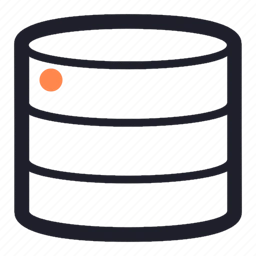
Store
A store in frontend state management is a centralized location where an application’s state is stored and managed. It serves as a single source of truth for the application’s data, typically implemented as a JavaScript object. The store holds various properties that represent different aspects of the application’s state, such as user information, UI component states, or data fetched from APIs[1][2].
Key characteristics of a store include:
-
Centralization: It provides a single point of access for state across the entire application[5].
-
Predictability: The store ensures that state can only be updated in a controlled and predictable manner, often through defined actions or methods[1][5].
-
Accessibility: Any component in the application can access or update the state stored in the store, regardless of its position in the component hierarchy[2].
-
Observability: Changes to the store’s state can be observed and reacted to by different parts of the application, enabling reactive updates to the UI[3].
Popular state management libraries like Redux and Vuex implement the store concept. For example, in Redux:
import { createStore } from 'redux';
const store = createStore(reducer);
This creates a centralized store that holds the entire state of the application[2][4].
By using a store, developers can more easily manage complex application states, implement features like undo/redo functionality, and maintain a clear, predictable data flow throughout the application[5].
References
- [1] https://www.womenwhocode.com/blog/the-back-end-of-the-front-end-state-part-1
- [2] https://blog.pixelfreestudio.com/ultimate-guide-to-state-management-in-frontend-applications/
- [3] https://blog.codewithdan.com/simplifying-front-end-state-management-with-observable-store/
- [4] https://www.capitalnumbers.com/blog/state-management-front-end-development/
- [5] https://softwareengineering.stackexchange.com/questions/434294/are-front-end-state-management-tools-an-anti-pattern
- [6] https://www.reddit.com/r/Frontend/comments/17kyo0v/what_is_state_management/
- [7] https://news.ycombinator.com/item?id=34130767